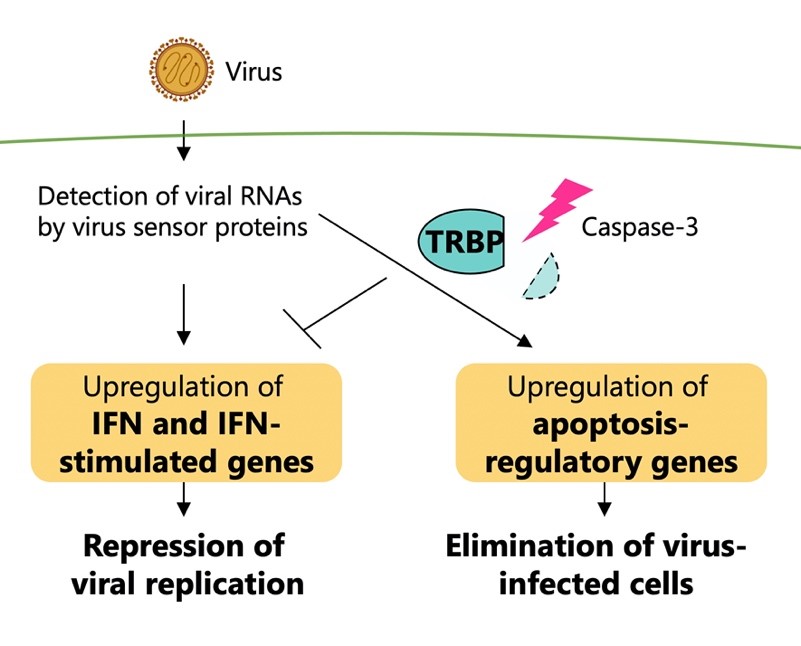
With summer storm activity increasing across large areas of Queensland and New South Wales, grain growers are being reminded to take a community-minded approach when spraying and be ‘spray aware’ to minimise the risk of costly off-target crop damage.
While the rain has been warmly welcomed it invariably sparks weed germinations, increasing the need to spray and the potential for unintended spray drift.
Spray drift can have devastating consequences for susceptible crops and most commonly occurs in calm, low wind speed conditions, which often indicate a hazardous surface temperature inversion.
The Grains Research and Development Corporation (GRDC) is actively investing in spray application research and training to assist industry in implementing best-practice spray systems, and it recently released a new video explaining the key factors affecting spray drift.
GRDC Grower Relations Manager – North, Richard Holzknecht, said rain and warm temperatures would result in weeds germinating across large areas of fallow country, prompting growers to begin spraying programs.
“An increase in spray activity often coincides with growers being short of time and under pressure to take a break for Christmas,” Mr Holzknecht said.
“So, planning and being proactive is extra important. Growers need to talk with their neighbours to determine the location of any sensitive crops, such as cotton, and ensure they understand label recommendations and permit regulations, particularly those governing the use of 2,4-D.”
Mr Holzknecht said the main factors influencing drift potential were weather conditions at the time of spraying and how spray machinery was operated in terms of spray quality, speed and boom height.
“While it is important that growers control fallow weeds early to maximise efficacy, it’s equally important spraying is only undertaken when weather conditions are right. Spray equipment also needs to be set up and operated appropriately.”
He warned off-target damage could occur from physical drift and inversion drift, which posed a significant risk during summer spraying as day/night fluctuations in temperature often result in inversions forming overnight and or early in the morning.
In an inversion, chemical droplets can remain suspended in concentrated form and be carried significant distances.
“While spraying at night and in the morning is not restricted, product labels state that chemicals should not be applied when hazardous inversions are present,” Mr Holzknecht said.
“It is important growers understand the weather conditions that indicate an inversion is present and avoid spraying during these times.
“Surface temperature inversions are often associated with calm, low wind conditions, dust remaining suspended, fog or mist forming in low areas and sounds travelling long distances. All these signs indicate the risk of inversion drift is significantly high.”

Mr Holzknecht advised growers and spray contractors to closely monitor weather conditions.
“Wind speed, in particular, should be monitored at least every 15 to 20 minutes and if the wind drops, spraying should stop,” he said.
Steps to reduce spray drift risk include:
- Always check local weather conditions before spraying and plan the application to match the available spray window.
- High wind speeds are the primary cause of physical spray drift resulting from off-target movement. Reduce this risk by only spraying when winds are 3-20 kilometres per hour when using coarse to extremely coarse nozzles, and 5-15 km/hour when using finer spray quality nozzles.
- Only spray when wind direction is away from sensitive crop areas. Regularly monitor wind speed and direction when spraying.
- Understand the impact of temperature and humidity on spray droplets. Droplet survival is affected by evaporation. As temperature increases and humidity decreases, droplets reduce in size as they move towards their target, increasing the potential for spray drift. Use larger sized droplets and higher water volumes to counteract the decline in spray coverage under these conditions.
- Delta T provides an indicator of the impact of temperature and humidity on droplet survival. Spray conditions are optimal when Delta T is between 2 and 8. By increasing droplet size and water volumes, the negative impacts of higher Delta T values up to 10 can be minimised.
- Monitor weed stress and target small and actively growing weeds for maximum product efficacy. Under high Delta T conditions weeds are often stressed and not receptive to the chemicals being applied. Strategies should be implemented to compensate for these conditions – evaluate rate of chemical being applied and maximise spray coverage.
- Maintain a consistent boom height of 50 centimetres or lower above the spray target.
- Always use nozzles that produce the droplet size stated on the product label.
- Always choose the coarsest spray quality that will provide an effective level of control.
- Operate nozzles at the pressure they are designed to deliver at set water volume. Changing nozzle pressure can result in smaller droplet size.
- Keep operating speed less than 18 km/hr with trailing rigs and less than 22 km/hour with self-propelled sprayers.
- Be aware of the factors that cause inversions such as: little or no wind; fog, smoke or dust sitting close to the ground; cumulus clouds that build up during the day and collapse towards the evening; and distant sounds becoming clearer. Avoid spraying when these conditions are present.







